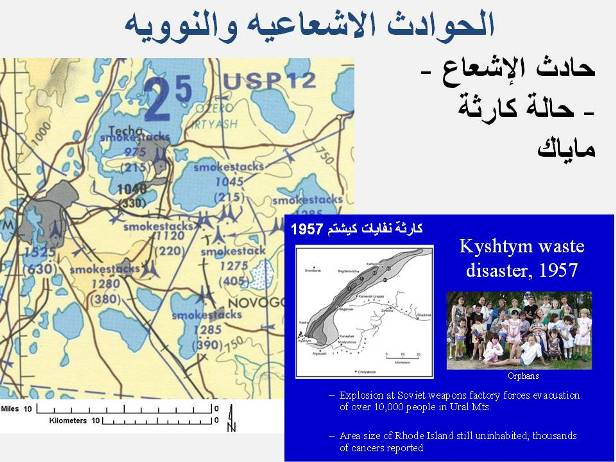| front |1 |2 |3 |4 |5 |6 |7 |8 |9 |10 |11 |12 |13 |14 |15 |16 |17 |18 |19 |20 |21 |22 |23 |24 |25 |26 |27 |28 | 29 |30 |31 |32 |33 |34 |35 |36 |37 |38 |39|40 |41 |42 |43 |44 |45 |46 |47 |48 |49 |50 |51 |52 |53 |54 |review |
 |
Nuclear and radiation accidents may be of various types. An example of nuclear accident might be one in which a reactor core is damaged such as in the Chernobyl Disaster in 1986, while an example of a radiation accident might be some event such as a radiography accident where a worker drops the source into a river. In the period to 2007, sixty-three major nuclear accidents have occurred at nuclear power plants. Twenty-nine of these have occurred since the Chernobyl disaster, and 71 percent of all nuclear accidents (45 out of 63) occurred in the United States, challenging the notion that severe nuclear accidents cannot happen within the United States or that they have not happened since Chernobyl. Radiation accidents are more common than nuclear accidents, and are often limited in scale. For instance at Soreq, a worker suffered a dose which was similar to one of the highest doses suffered by a worker on site at Chernobyl on day one. However, because the gamma source was never able to leave the 2-metre thick concrete enclosure, it was not able to harm many others. Other serious nuclear and radiation accidents include the Mayak disaster, Soviet submarine K-431 accident, Soviet submarine K-19 accident, Chalk River accidents, Windscale fire, Three Mile Island accident, Costa Rica radiotherapy accident, Zaragoza radiotherapy accident, Goiania accident,Church Rock Uranium Mill Spill and the SL-1 accident.
|